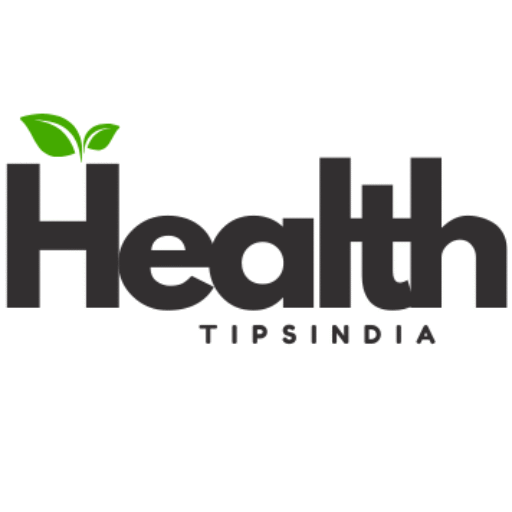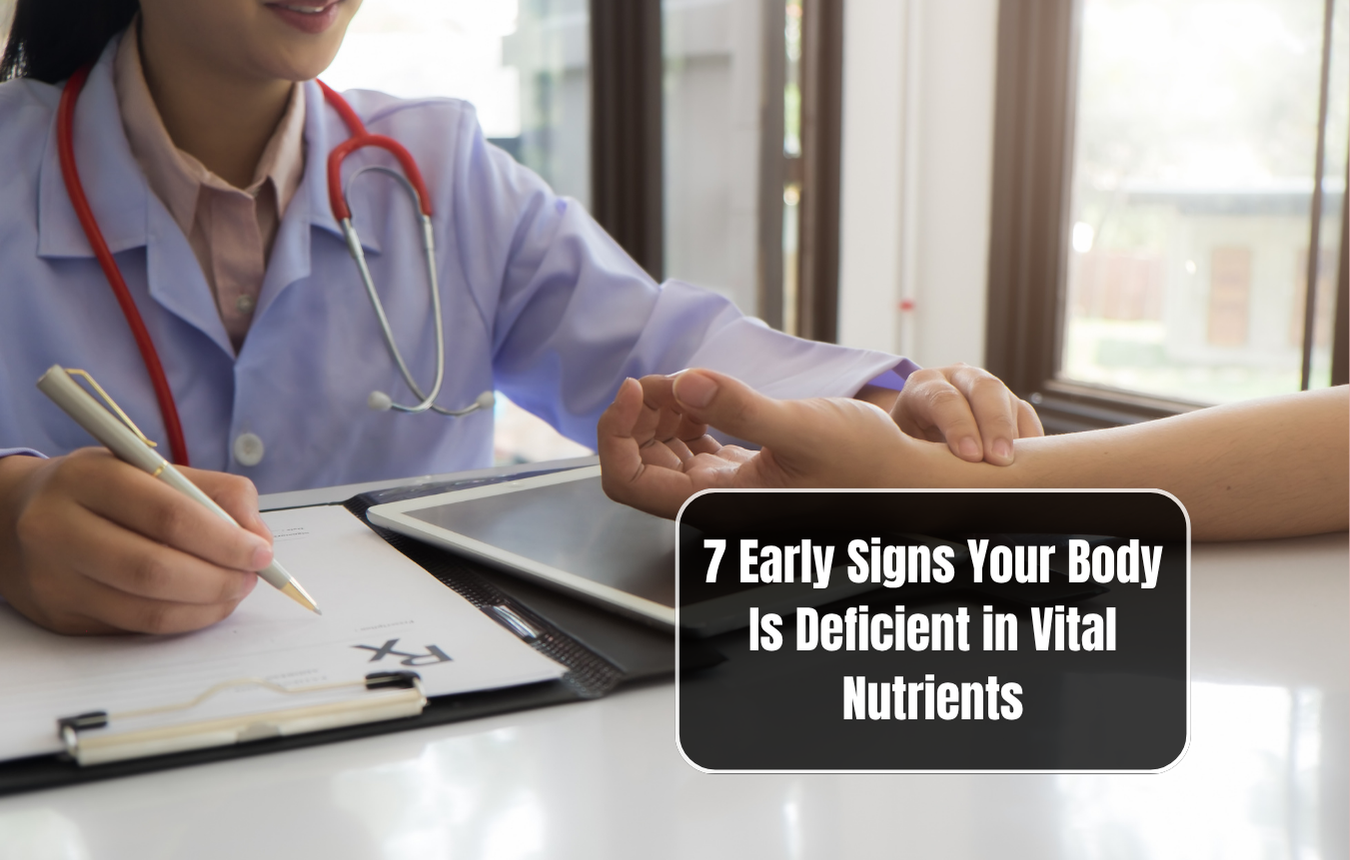Why Early Prevention Is Important
Vitamins, minerals and separate micronutrients in our body take steps with regular steps. First, they often look modest – clever, skin modification, etc. But if no longer are directly addressed, they can develop more serious problems including anemia, orthopedic, nerve damage or weak immune structures. Therefore, it is important to understand these signs quickly.
1. Persistent fatigue, weakness, or lack of energy
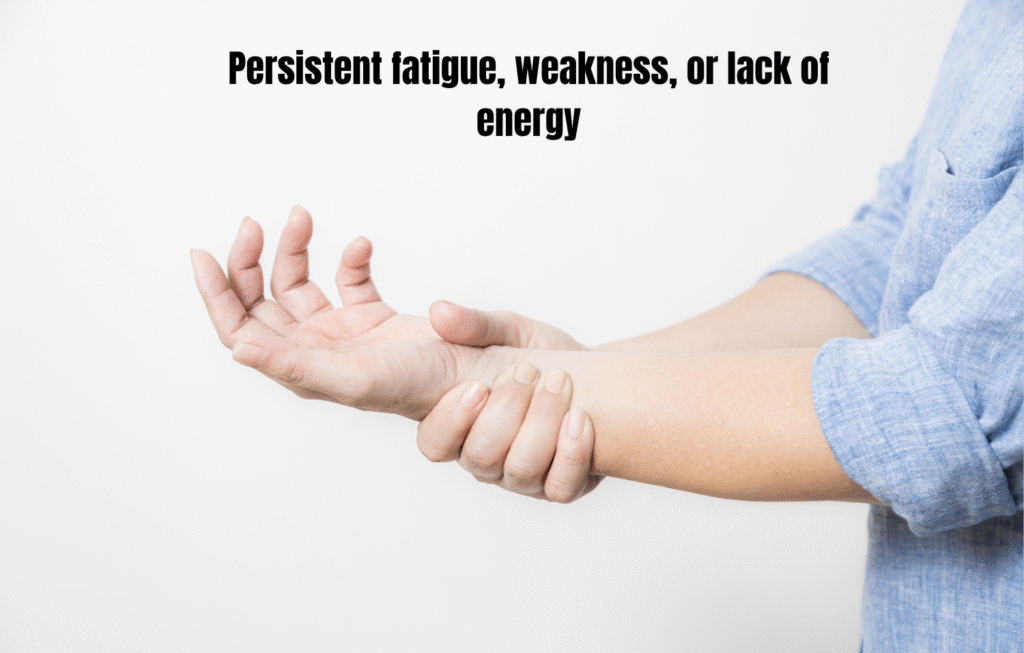
What you may be feeling
- Excessive fatigue despite adequate rest
- Arms and legs weakness, causing difficulty in daily tasks
- Difficulty concentrating, having “brain fog”
What may be the deficiency?
- Iron deficiency — lowers hemoglobin formation within the blood, which prevents sufficient oxygen transport
- Deficiency of diet B12 and folate (B9) — affects crimson blood cellular formation
- Deficiency of magnesium, nutrition D, or coenzyme Q10 — may want to intervene with the power production mechanism inside the cells
What to do
- Have a general blood test (CBC) — iron, B12, folate, etc.
- Add to diet: green leafy vegetables, lentils, meat, eggs, nuts, whole grains Grains
- If deficiency is identified during the test, see a doctor for supplements.
2. Skin, hair, nail, and lip changes
What You May Observe
- Cracked, rough, or dry skin patches
- Broken, cracked, and flaky nail texture
- Hair loss or thinning suddenly
- Cracks at the corners of the mouth (angular cheilitis), tongue swelling
Deficiencies Which May Cause
- Biotin (B7) — Effective for hair, skin, and nails
- Zinc — For wound healing, skin repair, and hair follicles
- Iron — Their effects on skin, nail, and hair condition
- Vitamins A, E and Acidic Fats — Preserve skin moisture and texture
- B Vitamins (e.g., B2, B3, B6, etc.) — Linked to lip, mouth, and tongue issues
What Do
- Add zinc-rich materials (meat, pulses, seeds), nutritious fat (omega-Hem) to your diet.
- If signs and symptoms maintain your doctor to check zinc, B nutrients and iron stages.
- Choose medium skin products and pure cosmic of rigid chemicals or measures.
3. Frequent illnesses, delayed wound healing.
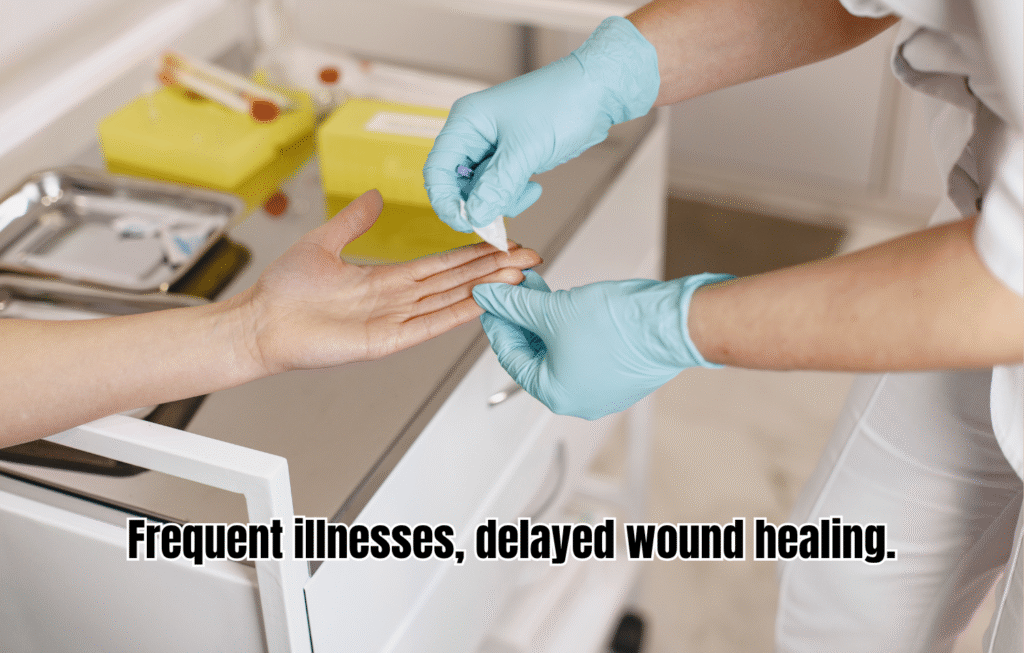
Things you may experience:
- Regular common colds
- Cuts and wounds that are slow to heal
- Regular infections
Deficiencies that may be possible:
- Vitamin C — assists in collagen synthesis and immunity.
- Zinc — within the immune system and in tissue repair.
- Vitamin A — has a protective and anti-inflammatory function in the skin and mucous membranes.
- Vitamin D — immune system function.
What to do:
- Eat oranges, lemon and green vegetables (vitamin C).
- Eat zinc -rich foods (meat, pulses and vegetables).
- Check your Vitamin D level, and if you experience symptoms if necessary, ask your doctor to complement it.
- If the problem continues, you need to get your doctor to run the nutrition panel.
4. Tingling, numbness, or “pins-and-pins” sensations
What you might feel
- Tingling or pins-and-pins on hands or feet
- Burning, numbness, or tingling
- Intermitient weak spot or lack of balance
Possible deficiencies
- Vitamin B12 — maintains nerve and myelin function
- Vitamin B6, folate (B9) — maintains nerve function
- Thiamine (B1) — nerve issues can occur with severe deficiencies
- Magnesium — maintains neural excitability balance and blood pressure
What to do
- If the signs hold, request from your health practitioner a neurological test and test your B12, B6, folate, and magnesium.
- Eat meat, eggs, entire grains, lentils, Nuts
- Decrease alcohol intake and control different conditions (e.G., diabetes).
5. Bone or joint pain, muscle cramps
What you might feel
- Pain, particularly in the legs, back, or hips
- Muscle cramps, spasms, weakness
- Trouble climbing stairs or rising from a chair
Possible deficiencies
- Deficiency of vitamin D — decreasing bone mineral density
- Calcium — a part of muscle balance
- Magnesium, potassium, etc. — related to cramps of the muscles
- Vitamin K, phosphorus, and vitamin C — maintaining bone health
What to do
- Testing of vitamin D (25-oh) and calcium
- Includes: Milk, cheese, kidney beans, green leafy vegetables, sesame and soybeans
- Get vitamin D from light sunlight contact by day
- If cramps continue, try to supplement with magnesium, potassium, etc.
6. Vision Trouble in Poor Lighting/Night Blindness
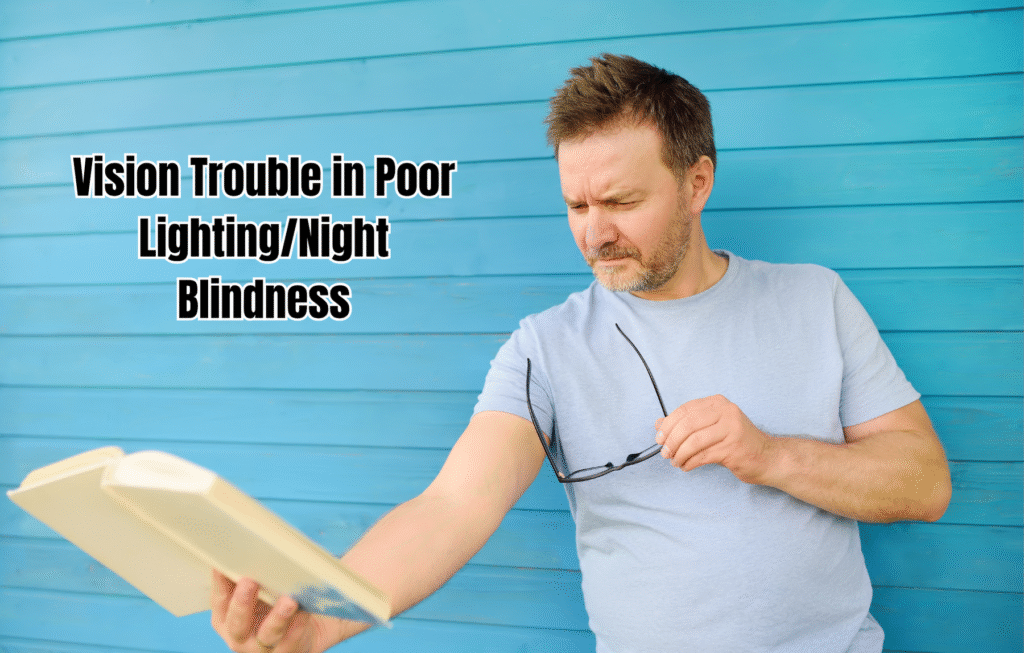
What You May Experience
- Trouble reading or perceiving in dim light
- Dryness, irritation, or white spots on the eyes (Bitot’s spots)
- Eye infection or irritation
Potential Deficiencies
- Vitamin A — Responsible for the activity of rods (rhodopsin) and the retina
- Omega-3 fatty acids — Necessary for eye moisture and retinal well-being
What to Do
- Eat: carrots, turnips, green leafy vegetables, liver, eggs
- Foods containing omega-3s: fish, flaxseed, chia, and so on.
- If napping at night is a actual problem, see an eye fixed specialist and get tested for nutrition A levels (however immoderate diet A is poisonous).
7. Mood Swings, Memory Impairment, Irritability
What You Might Feel
- Unexplained irritability, depression, or mood swings
- Forgetfulness and lack of concentration
- Anxiety, sleep disturbances
Potential Deficiencies
- B vitamins (B6, B9, B12) — Essential in the synthesis of neurotransmitters (serotonin, dopamine).
- Vitamin D — Research has associated it with depression and mood swings.
- Omega-3 fatty acids (EPA/DHA) — Firm brain nerve cell membranes and stabilize mood.
- Magnesium, zinc, iron, and folate — Promote cognitive and mood well-being.
What to Do
- Dietary Supplements: Grains, pulses, meat, Green vegetables, nuts
- If the symptoms do not go away, request B12, folate, vitamin D, zinc, etc. levels to be tested.
- Stress management, proper sleep, and lifestyle changes are also necessary.
Warnings, overlap, and when to see a doctor
- Many of these signs are not unusual—such as fatigue, hair loss, mood swings—and can also be seen in lots of different situations (thyroid, contamination, hormonal imbalance).
- Don’t depend upon a single symptom; extra truth may be gained handiest when a couple of signs and symptoms are gift and exams show deficiencies.
- If you have a compromised absorption of vitamins (e.G., celiac disorder, Crohn’s disease, gastric surgical procedure, some medicines), deficiency may increase even in case your nutrition is good.
- Too many supplements are also not healthy—especially fats-soluble nutrients which include vitamins A, D, E, and K.
Conclusion and What You Can Do
- Observe Trends — Hair loss in itself might not point to weakness, but hair loss, a peeling mouth, and fatigue together might suggest so.
- Undergo Medical Tests — If the symptoms continue, undergo CBC, iron, B12, D, zinc, etc. tests.
- Maintain a Balanced, Nutritious Diet — Variety is the key: vegetables, fruits, grains, and protein.
- Use Supplements with Caution — Use only as instructed by your physician, do not overdo.
- Monitor Absorption Factors — If you have gut or intestinal issues, see your physician.
FAQs
Why is early detection of nutrient deficiency essential?
Early detection avoids trivial symptoms such as fatigue turning into severe conditions like anemia, nerve damage, or loss of bone. Early action enhances the rate of healing and averts complications.
What are general early indications of vitamin or mineral deficiencies?
Early indications are fatigability, hair loss, dryness of the skin, brittle nails, frequent illness, impaired wound healing, muscle cramps, and mood changes. Although they appear trivial, they should not be dismissed.
What deficiency leads to persistent fatigue and weakness?
They include low iron, vitamin B12, folate, magnesium, vitamin D, or CoQ10, all of which influence blood oxygen levels or cellular energy generation.
Hi, I’m veda, a professional health content writer and passionate wellness advocate at HealthTipsIndia.com
. With years of experience in writing evidence-based, reader-friendly articles, I specialize in creating content that empowers people to live healthier, more balanced lives. Whether it’s nutrition, fitness, natural remedies, or preventive healthcare, I translate complex medical concepts into actionable tips tailored for the Indian lifestyle. My goal? To make trustworthy health information accessible to everyone—one article at a time.
